Lets start with the bag itself! I use a Peak Imaging Retrospective 30 on my commercial jobs. A backpack, whilst easier on the shoulder, is to cumbersome and slow to work from on these shoots – I want to be in and out quickly, smoothly and causing as little disruption to the client as possible. I shoot mainly property so I am working in people’s homes.
Now, I have been through a lot of bags over the last few years. There is a camera bag graveyard in my office and even more in the shed, those are mostly the old Crumplers, which were great but too small and too padded! I eventually moved on to a Retrospective 20, which is great, and it is now my lighting bag, but I outgrew the size of that, moved up one model, and that is where I have stuck for quite some time. The thing is rugged (it has to be, it is lobbed into the car, pushed into corners, crammed into cupboards, and treated with absolute disdain) Size wise it is fine, everything has found a place in there, everything which I need anyway! Is it perfect? No, probably not. But it is close enough for now and even has a handy pocket where I can stash a water bottle on hot days!
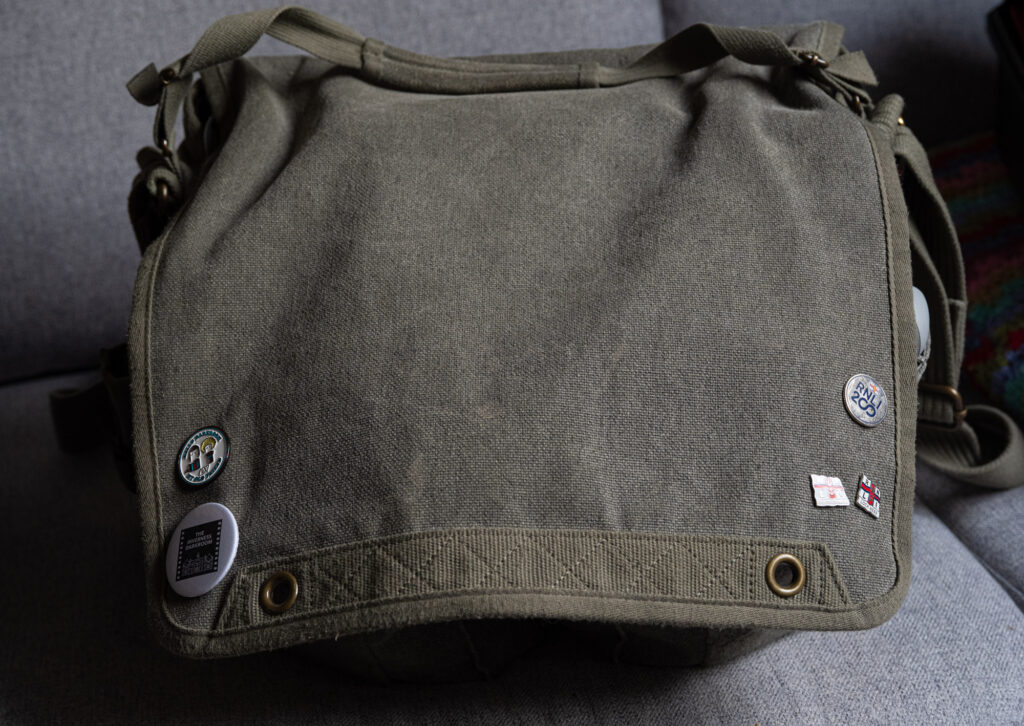
The Nikon Z6 II has been my go-to camera for commercial work for the last 3 years. This comes as a surprise to many, particularly when I turn up to a shoot for someone interested in photography, who invariably has a “better” camera than I am using!
But why is the Z6II still my go-to camera of choice?
For much of my commercial work, print sizes are typically capped at around A3 or A2, at the most. A 16-megapixel body is going to be ample for this size, particularly when you consider typical viewing distances for a print of that size, so the twenty-four megapixels of the Z6 are more than enough. Using a camera with a larger sensor is going to do only one thing, and that is to fill up my storage system!
There is something to be said for working with a camera for so long. This one has reached 59,000 shutter actuations, and although I bought it used, it had exceptionally light use before my ownership. Most of those clicks are mine! As a result, I know this camera inside out – it is an extension of my hand and my eye. The image quality is beautiful, the dynamic range is strong, and it just works, so why change it?
There isn’t really much more to say about this venerable camera body – it does exactly what I need it to do, producing images of a quality that satisfies my clients, and it hasn’t let me down yet. I will probably change it when it starts to fail, and with the Z6III, as everything I love about this camera is replicated in the new body, but without enough improvement to make my commercial life any easier or more profitable.
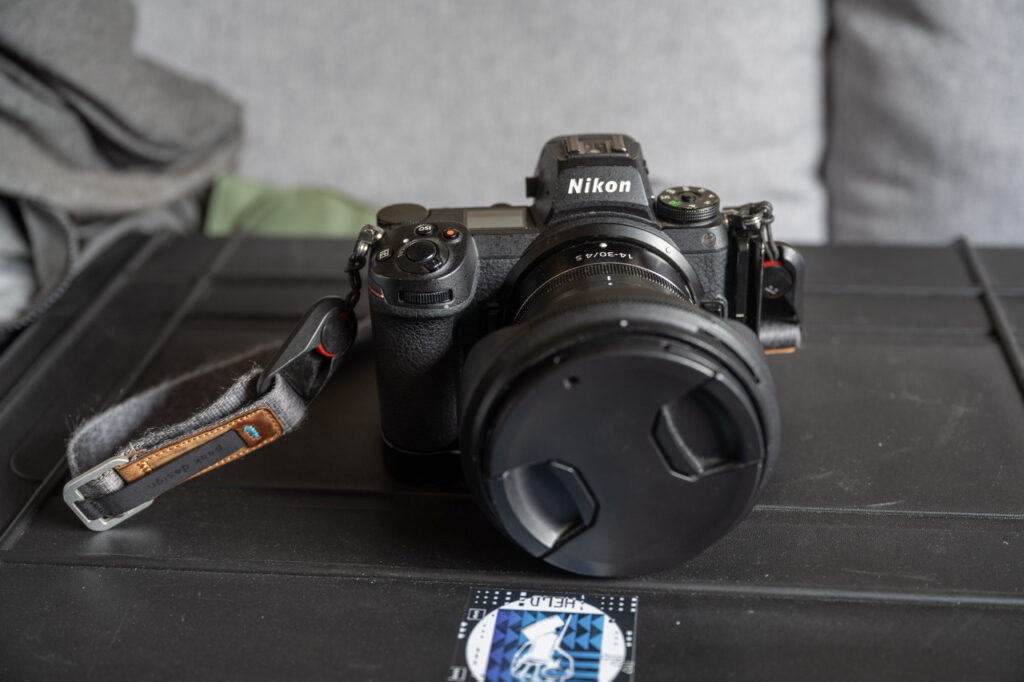
With the camera, there are lenses. The main one for my commercial work, and quite often when this camera is pressed into landscape work, is the Nikon 14-30 f4S. This isn’t the top drawer f2.8 version, but what a great lens it is anyway! It is small (ish), light, and sharp, with lovely contrast. Everything I need it to do, it does with absolute ease, plus it is a great platform for filters when I decide to shoot some passing landscapes on my travels! The lens is actually quite robust too, I dropped it a few years ago and it became somewhat banana shaped! Did I send it for repairs? Nope… I bashed it against a wall so that the barrel popped back into place and carried on! I thought that was going to be the end of the lens’ useful life, but much to my amazement, it is still going strong three years down the line!
I have supplemented this with the 24-120 f4S, which is the modern Z platform version of the standard lens I gravitated to when I was shooting with the D800/D850s pre-mirrorless. It replaced the kit lens that came with the camera (the 24-70 f4S), which is a cracking little lens in it’s own right and is still sitting on my desk as a backup. But the extra reach at the long end makes this a brilliant general-use tool. It is also handy for detail shots and when I want a tighter crop on a view from a property. The image quality is perfect on this lens too, and it is also one of the few lenses I have bought for my commercial set up new!
The third lens in the bag is a bit of an oddball specialty piece. The Laowa 15mm f5.6 “Dreamer” is a shift lens, which allows me to move the image circle projected by the lens around the sensor. This is a real architectural photography lens, primarily, as it allows me to get a shot that takes in the whole front of a tall building where I haven’t got space to move further back. I don’t use it often, but when I do it is an absolute godsend! I have also shot interiors with it, as it doubles as a backup to the 14-30, and can work wonders in a tight bathroom. It does have a neat trick though for landscapes, as I shoot a lot of panoramics using this lens saves me a whole load of headaches as I can move the shift plane fully left, shoot, centre, shoot and right, shoot… which gives a perfectly aligned set of overlapping images that stitch flawlessly! There are a couple of negatives to the lens, though. It suffers crazy lens flare due to the protruding bulbous end and it is entirely manual with no feedback mechanism to tell the camera what it is doing. I wouldn’t be without it though and it really has got me out of some tight spots!
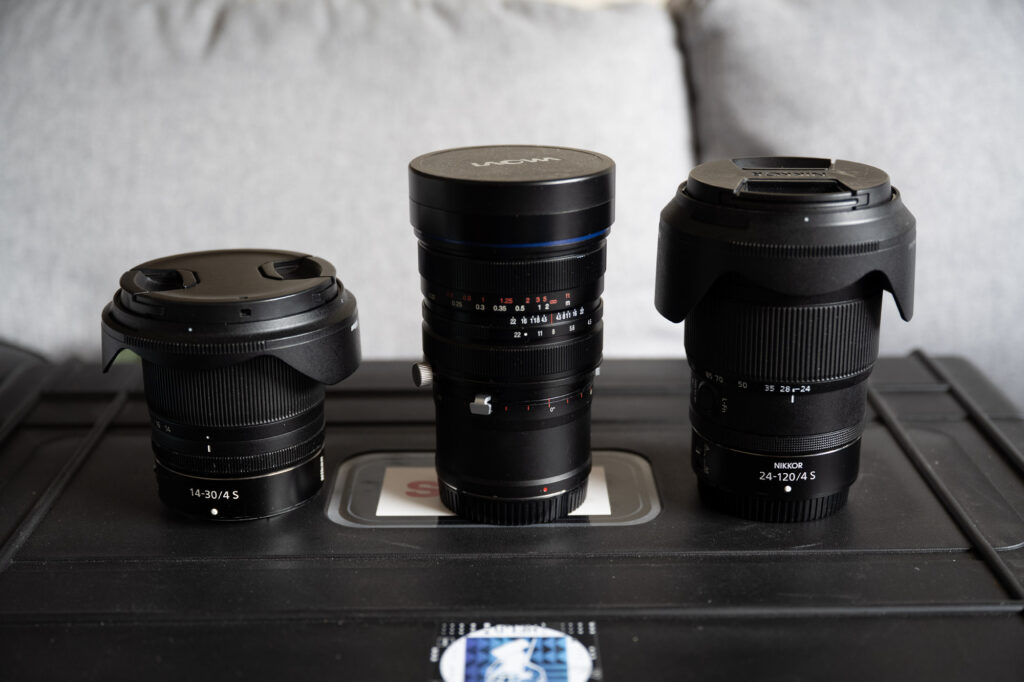
There are more bits and bobs in the bag beside these things. There is a phone gimbal, a DJI Osmo Pocket 3 plus mic, a DJI Mini 3 drone and controller, a pad of paper, a pencil case, 2 Bosch laser measurers, some memory cards and batteries, rechargable AAAs, cleaning kits, remote releases and a pair of Ricoh Theta X 360 cameras! Oh… and an iPad Pro.
This is my daily kit, this is what everything else that I am going to talk about will be measured against over the coming reviews, either consciously or unconsciously, as it is a setup that is ingrained into my photography life after several years of near daily use. How this will translate as we move onto film cameras and vintage gear I am not sure, but I want to really delve into the stuff I am using and hopefully provide something of a consistent comparison.
With film cameras I am thinking of running 2 “standard” films through each before making any comment or decision on it. One black and white, one colour. I haven’t quite decided on which particular films they will be yet but I am leaning towards some decent consumer grade stuff to keep costs sensible. Probably an Ilford FP4+ for the black and white, and the colour I am still working on. It may change yet though! Whatever it is needs to be available in 35mm and 120 though so I can keep consistency across the kit I am going to use! I may run something a little more special through each too, as an extra.
Film reviews are also planned as I start to explore film stocks and settle on what emulsions are really going to work for me.
So watch this space.
There may even be video reviews to come on my YouTube chanel!
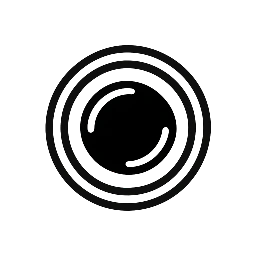
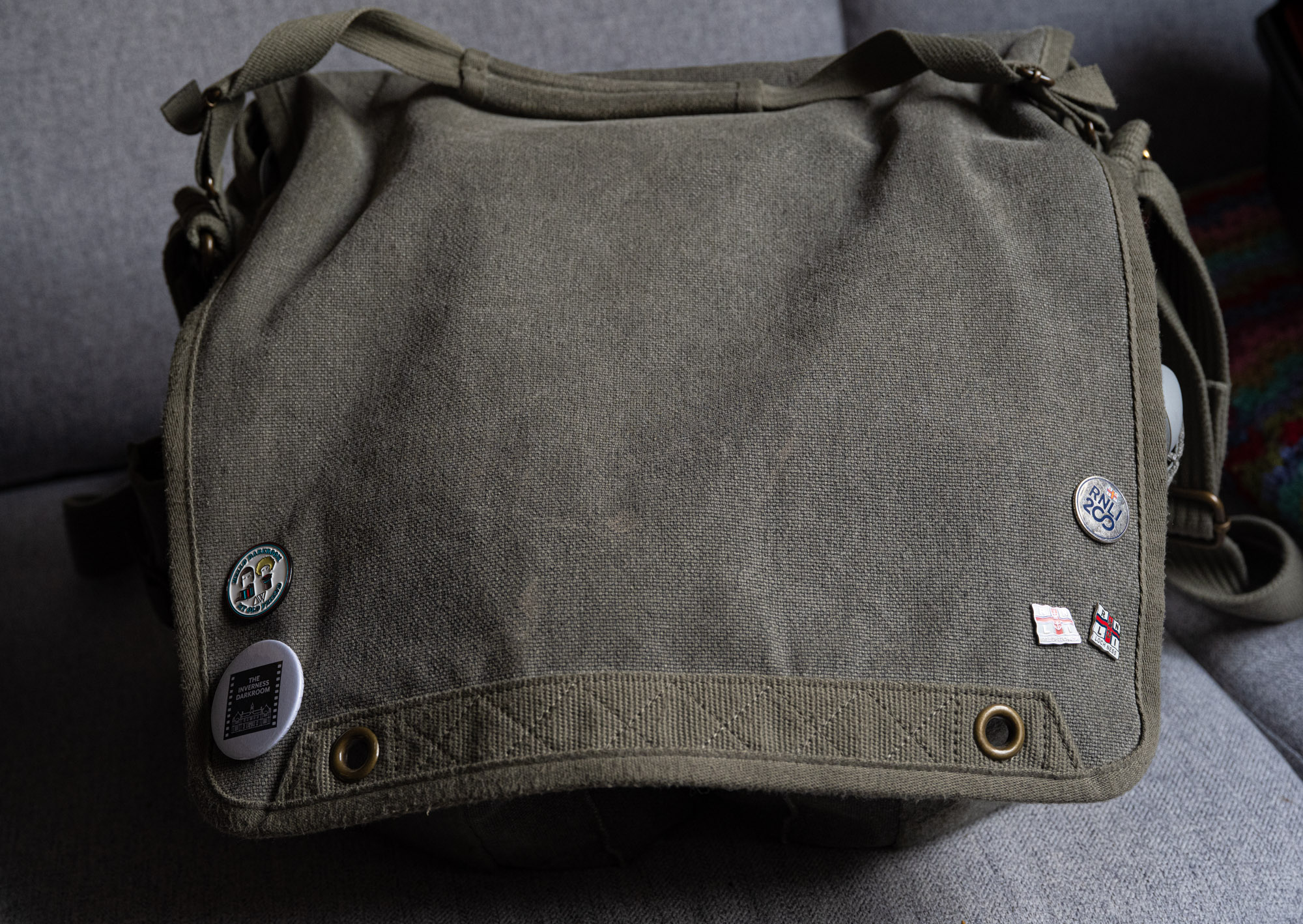
Leave a Reply